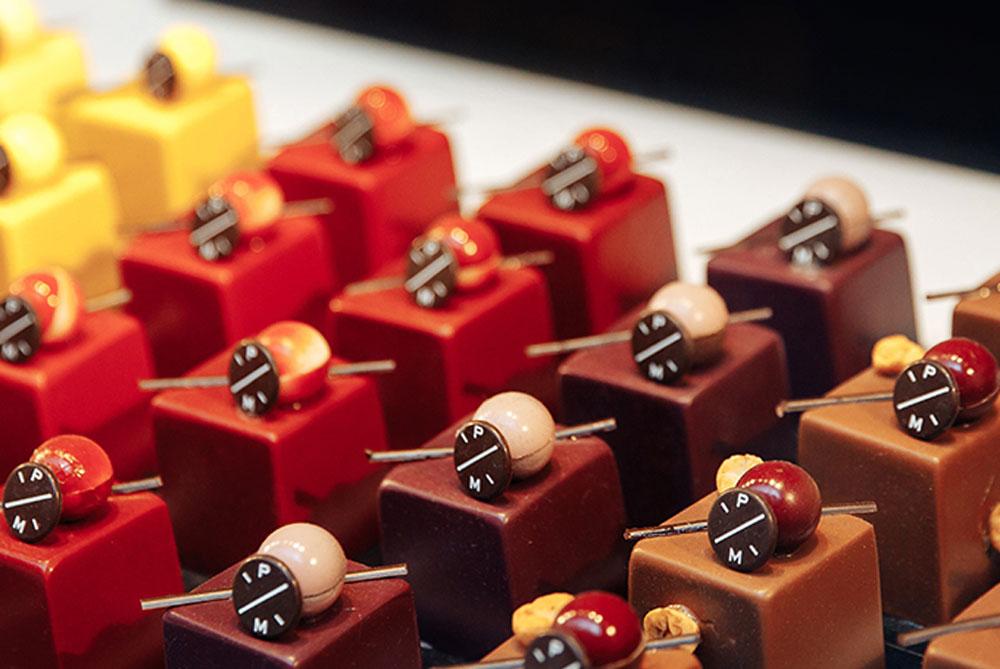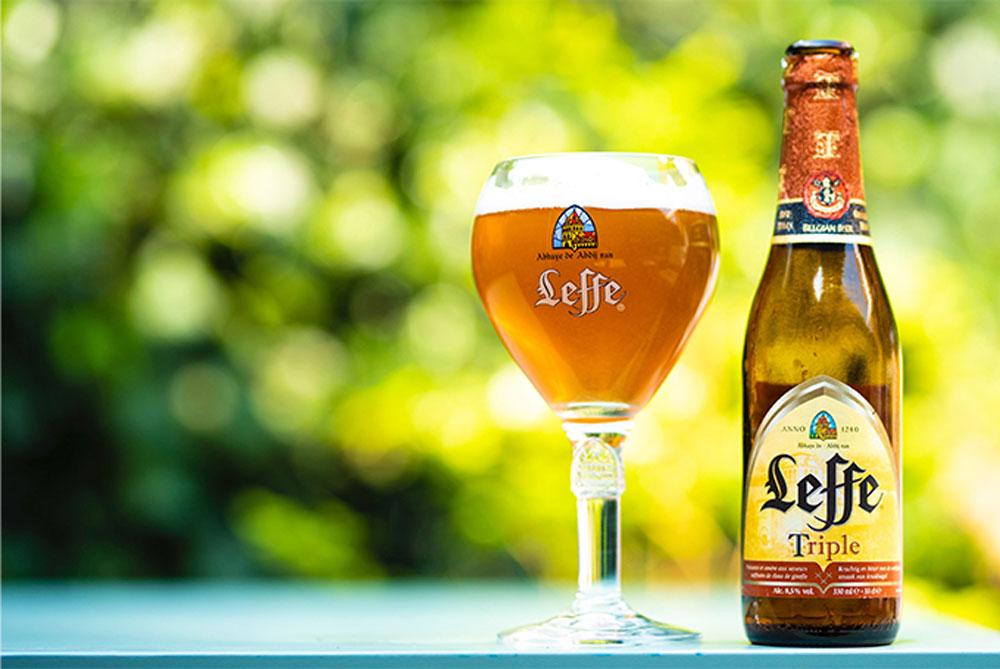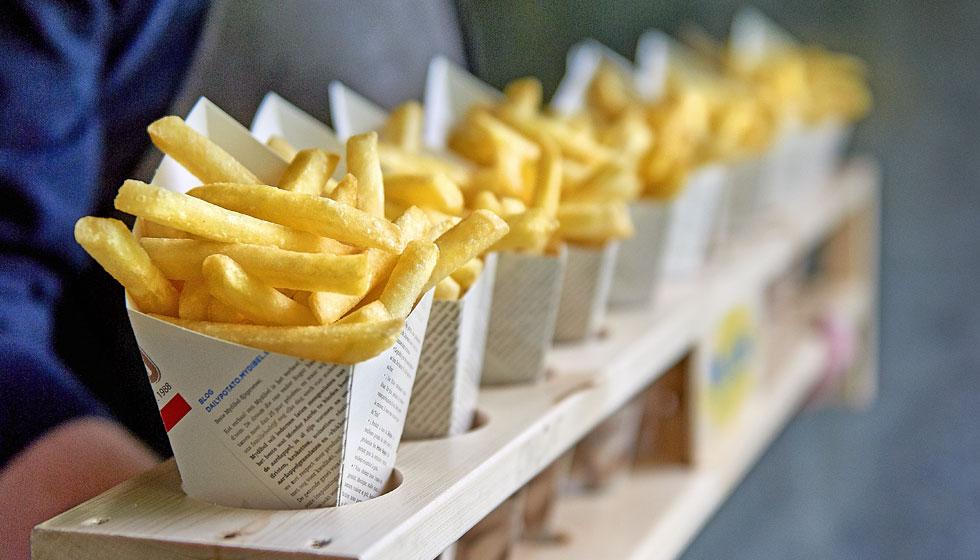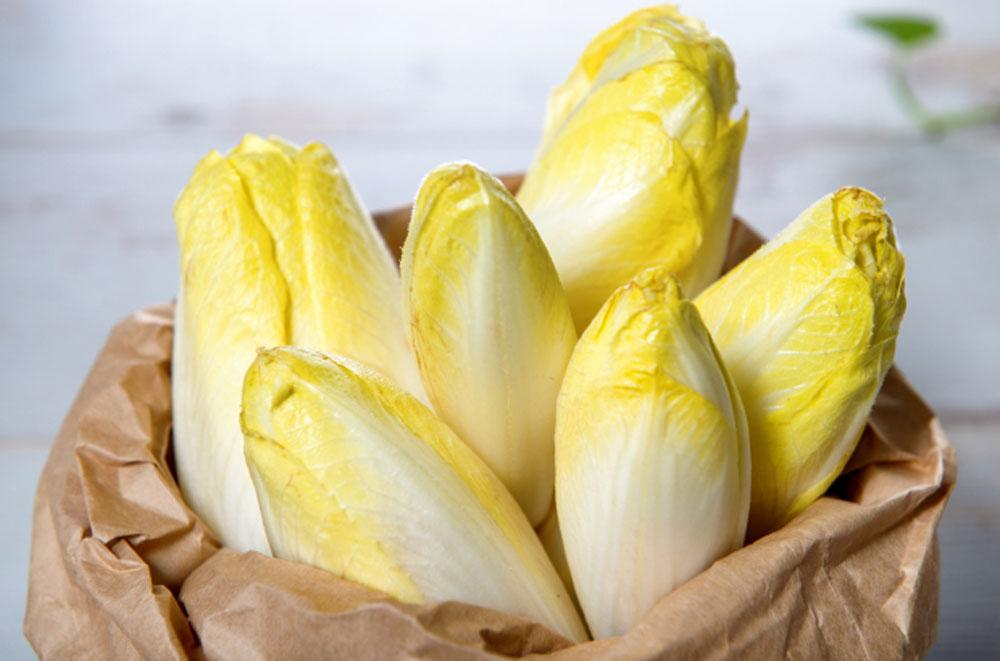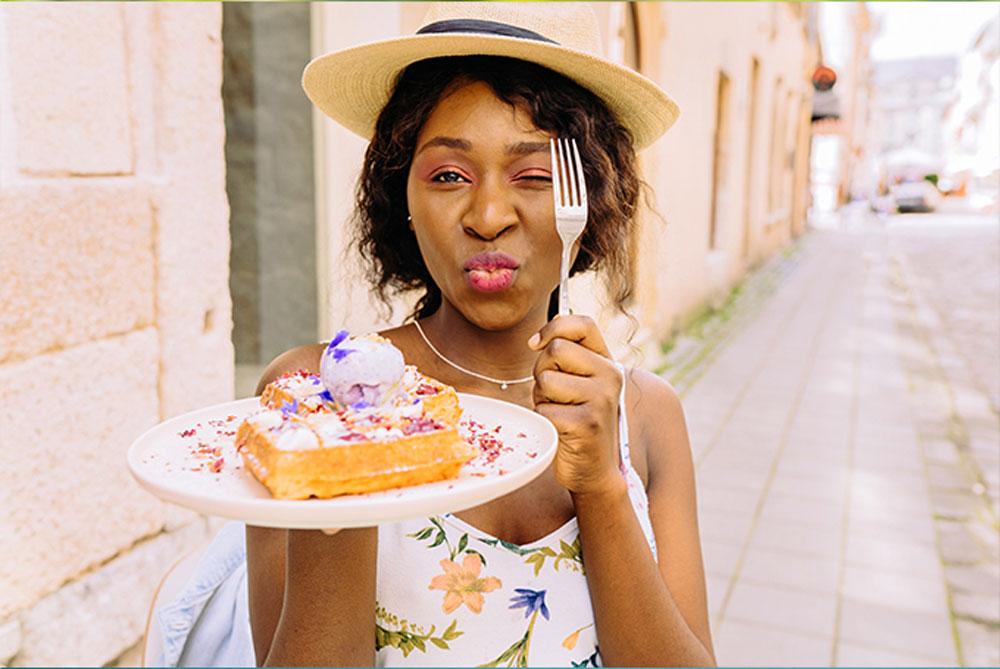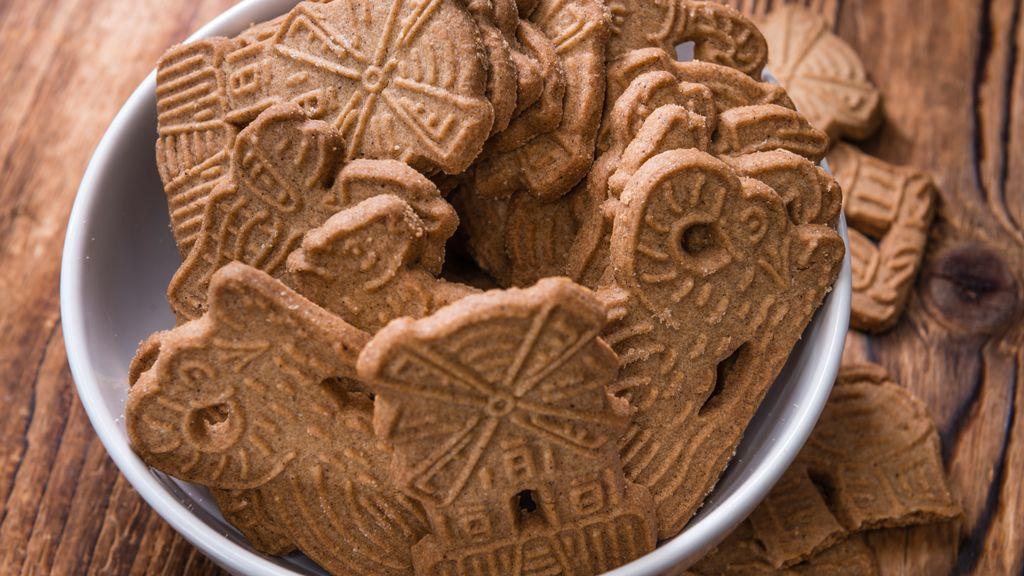If you are already living here or if you just want to come and visit the country, you have to know, and of course to try, some of the Belgian specialities.

Axelle- Your virtual job assistant
Always online
Hello! 👋 ’m Axelle, your virtual job assistant. I’d love to help you find your next job. To guide you in the best way possible, I’ll start by asking you a few questions. The more info you share, the better I can match you with the right opportunities. So, first things first: what’s your name, and what kind of job are you looking for?
Specialities in Belgium
19-04-2021
Chocolate, beer or fries?
Whether you’ll choose one of them or all of them, these are just a few specialities in Belgium.
If you are already living here or if you just want to come and visit the country, you have to know, and of course to try, some of the Belgian specialities.
Belgian products are some of the most beloved in the world and here you can find the most popular products produced in Belgium.
Belgian Chocolate
Belgian chocolate is a gastronomic specialty of Belgium.
With 500 chocolatiers (people who’s making the chocolate) and 2000 chocolate shops in Belgium, the Belgian consumes an average of 8 kilos of chocolate per person and per year, one of the highest rates in the world.
Belgium produces 650.000 tonnes of chocolate per year, the majority for export.
It is one of the symbols of Belgian quality in the world. The place where the most chocolate is sold in the world is Brussels Airport, Belgium's national airport.
Belgian Beer
Belgian beers are among the most varied and the most numerous beer collections in the world. They vary from the very popular “pils” to the exclusively Belgian names of lambic (spontaneous fermentation), old brown, red beer or raw beer, including the famous Trappists and other abbey or seasonal beers.
Since 2016, Belgian beer has been included in the intangible cultural heritage of UNESCO under the title of: Beer culture in Belgium.
In Belgium, you can have a beer with almost every taste you want: you can taste beers with cherries, lemon, mint, to such a special ones as beer with coffee, avocado, peanut butter, chocolate, ginger or garlic.
Fries – Belgian Fries, not French
The fried potato would therefore have been born on the banks of the Meuse, in the Namur region, at the end of the 17th century. The historical proof that the fried potato came from Belgium was made and inaugurated the great battle of the paternity of the golden stick between the country and France.
While they are known around the world as “French fries”, they are not at all French. The name “frite” comes from patates frites, the French word in Belgium for “fried potatoes”.
Testament to the esteem in which fries are held here, the delicacy even has a museum dedicated to it. The Frietmuseum has everything you need to know about the history of Belgian fries, and offers visitors the opportunity to discover a variety of recipes.
Chicory/ Endives
The Belgian vegetable par excellence, the chicory was born in Belgium. It is not a vegetable that grows naturally. For it to hatch, you have to force the chicory root.
Chicory (also known as “witloof” in the north of the country, as sometimes in Brussels, and “endive” in France) is a Belgian invention. These delicious white vegetables were discovered in Belgium in 1830, and the Belgians call them White Gold. The country produces tons every year and they are used in many dishes.
The Belgian waffle is known as the gaufre or the wafel. There are many regional varieties, but two specific kinds, made very differently, are the best known.
A true Belgian waffle is baked using special waffle irons. The two types are: the Brussels and the Liège waffle. The Brussels waffle is rectangular in shape, golden brown on the outside and eaten with a knife and fork. It is often served with sugar, whipped cream, ice-cream, strawberries and chocolate. The Liège waffle is denser in texture, has a burnt sugar coating on the outside and is served by street vendors throughout the country.
Speculaas/ Speculoos
While sometimes translated as “Gingerbread”, speculoos is a unique kind of biscuit. It goes back to the Belgian and Dutch tradition of celebrating Sinterklaas (Saint Nicholas) on December 5/6 (Netherlands/Belgium) but has become commercialized and can now be found in stores throughout the year.
These sweet cookies are a type of shortbread biscuit, traditionally consumed in early December to mark St. Nicholas Day, as well as at Christmas time. Today, however, they’re enjoyed all-year-round. Made using butter, sugar, cinnamon, nutmeg, ginger, cloves and cardamom, these biscuits are usually thin and crunchy. In the city of Hasselt, their speculaas are famous for being thicker and more bread-like, made with almond flour, with a gooey centre.
Tip: If you go to visit the Grand Place and you’d like to try some Belgian products, you can find the most of this products in stores with artisanal Belgian products.
Specialities in Belgium are the best!
